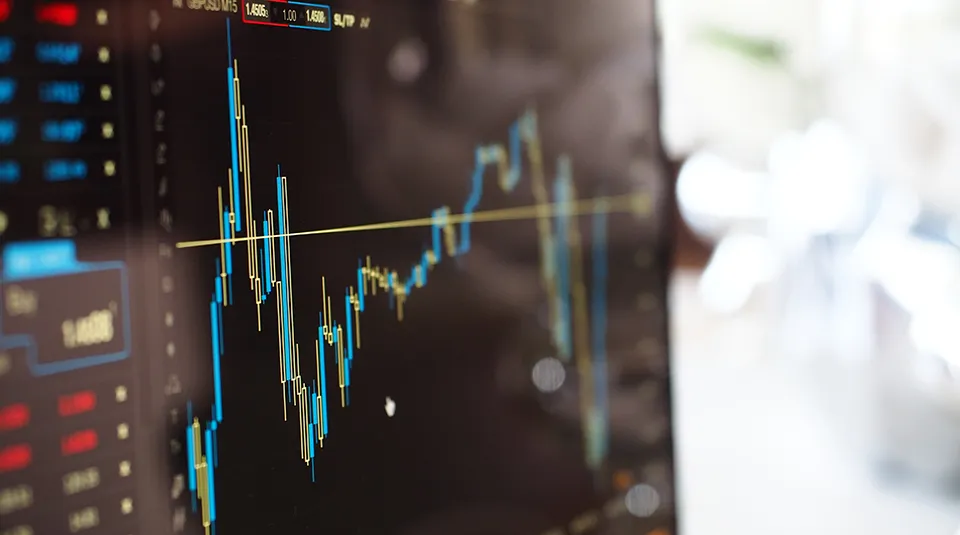Many small and medium-sized enterprises (SMEs) face the same challenge: they need trade funding, but lack the extensive documentation that helps funders understand the risk profile of their business.
A recent joint Trade Finance Global (TFG)/World Trade Organization (WTO) report raises questions over how to provide a more favourable framework for assessing credit risk through digital innovations, considering the new analytics that are available.
It is easy to forget that there is a lot of financial data still to be explored
Prag Sharma, Citi
Access intelligence that drives action
To unlock this research, enter your email to log in or enquire about access





